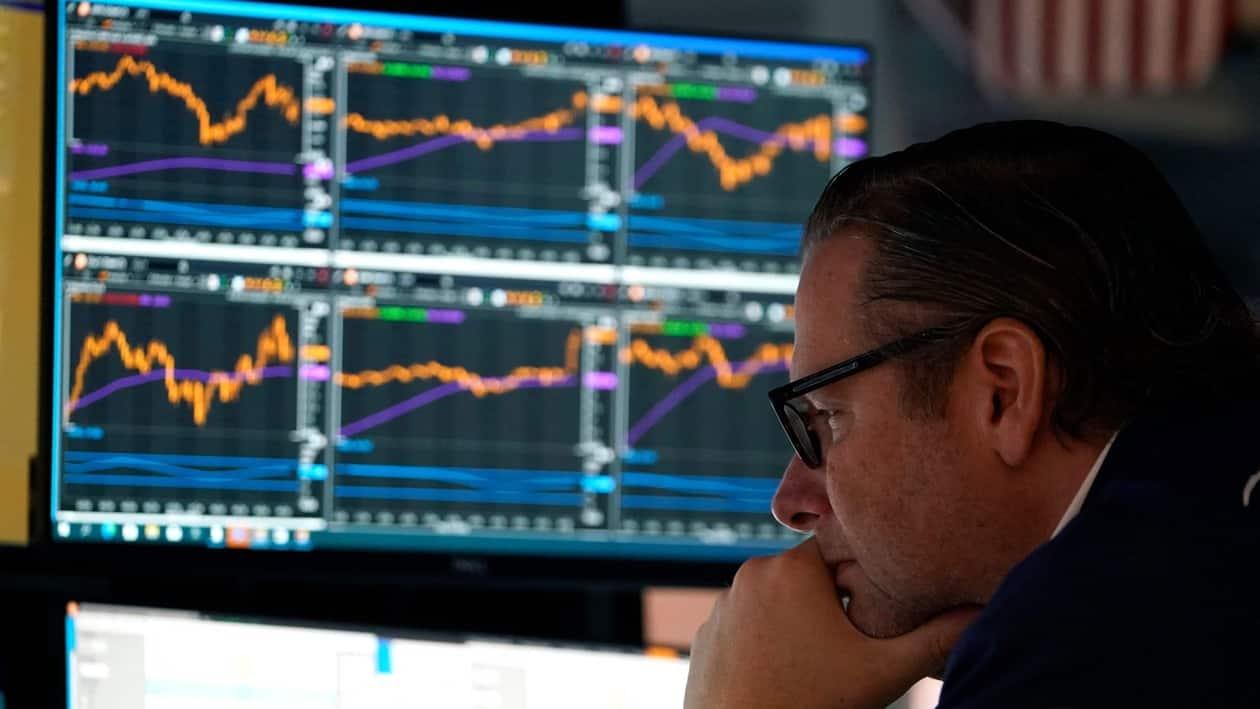Based on my previous three articles which discussed why traders lose out, the one thought that must have definitely crossed your mind is that if everything has flaws, what is that which works in the markets?
--------------------------------------------------------------------
How do the three percent traders I mentioned earlier make money?
“If a little knowledge is dangerous, where is the man who has so much as to be out of danger?”
—Thomas Henry Huxley
Let’s look now at how you start your trading journey to become a successful profitable trader on an annualised basis. You need to have a game plan, which basically defines:
- Where to enter
- Why to enter
- How many shares to buy (position sizing)
- What is the risk
- What is the stop loss
- When to add (pyramid)
- Where to exit
- If partial exit, how to do it, or complete exit.
If you do have a defined strategy, have you back tested whether the strategy is profitable or not? In other words, does your strategy have an “EDGE”.
Some of the most commonly used strategies in the market are:
- Candlestick
- Moving Averages
- Point & Figure
- Trading Range Breakouts
- Elliot Wave
- Gann and more.
It is not possible to discuss all the strategies in a single column, hence I would give a basic explanation of the two most frequently used ones here. The first is Moving Average and the second is Trading Range Breakouts.
Moving averages
A simple moving average is defined as the average close of the past N days, ending with the current day. For example, a 10-day moving average would be equal to the average of the past 10 closes, including that of the current day. (Typically, moving averages are calculated using daily closes. However, moving averages can also be based on opens, highs, lows, or an average of the daily open, high, low, and close.)
Trading range breakouts
A breakout from a trading range suggests an impending price move in the direction of the breakout. For example, if a market is consolidating in a trading range for the last N days & breaks out/breaks down from that range.
The first basic misconception that a new trader has is the belief that entry point is most important. But in reality, it is the exit point that determines whether the trade made money or not. The entry contributes about 10 per cent, exits 30 per cent and position sizing 60 per cent.
Every new trader believes that they can buy at the bottom and sell at the top. Bernard Baruch, an American financier, stock market speculator, statesman, and presidential advisor puts it aptly when he says, “Don't try to buy at the bottom and sell at the top. It can't be done except by liars."
This leads them to keep the length (number of days) very short, perhaps two to three days in case of moving averages or breakouts, because they might believe the sooner they enter, higher the chances of making profits. At times, they may be lucky by getting an early entry, but the majority of the time a shorter period leads to many whipsaw trades due to extreme noise levels. As the legendary George Soros says, “Volatility is maximum at market turning points” hence it leads to a lot more whipsaw trades.
Remember nothing in life comes with a one-sided effect, everything has a dual effect. Having a longer period (i.e. 20 days or 35 days) captures a much smoother trend, with lesser noise levels, which may trend for a much longer period resulting in big profits. As Ed Seykota says, “The trend is your friend, until the end where it bends.”
But the big question here is can you handle it? Does it suit your personality?
My using the word ‘Personality’ here would make you wonder what personality has got to do with trading. Interestingly, your personality plays a very important role in determining what trading style will work for you. In my next article, I will talk about the role and the importance of personality in trading.
Follow the entire series here.
Kirit Manral is a professional trader, and has been running a mentorship program in trading since 2019, with mentees from around the globe. He can be found on Twitter at @KiritManral
